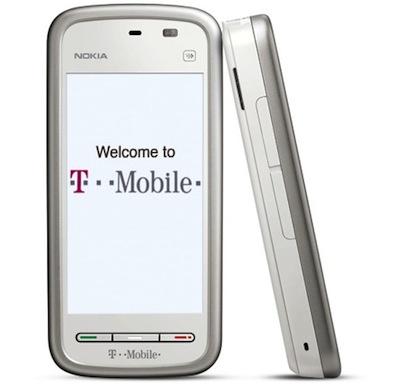
What's Good: Great entry-level smartphone; fantastic battery life; free Ovi Maps.
What's Bad: Resistive touchscreen can be a bit frustrating to use at times.
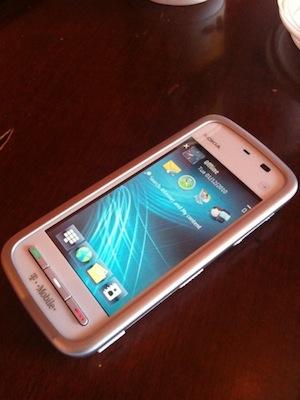
Every now and then, I'll receive a call from a family member, asking about the newest smartphone on the market. Typically, the calls are what I call "curiosity calls" - it's something they've seen on television, but they're not interested in owning one. Smartphones have long been regarded as a tool for the tech-savvy youngster, the traveling businessman, and the busy prosumer. The Nokia Nuron 5230, on the other hand, joins mainstream devices like the Apple iPad and Palm Pixi Plus in that it appeals to the first-time smartphone buyer, or someone who doesn't require the latest and the greatest. The Nuron is a no-frills smartphone that's designed to deliver a solid bang for the buck, and it accomplishes that goal quite well.
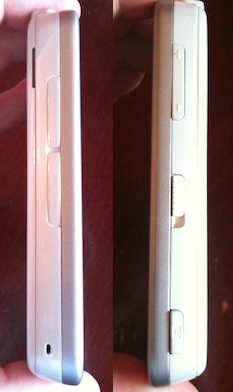
Coming in at 4.37 inches long by 2.03 inches wide by 0.61 inch thick, the device weighs 3.98 ounces, making it perfect for a tight pocket or a purse. The Nuron offers a 3.2-inch resistive touchscreen with 360 x 640 pixels and 16.7 million colors. It's not a 3.7-inch screen by any means, but it's perfect for a casual phone user. When conducting a long phone call, I found the unit to be quite comfortable against my ear.
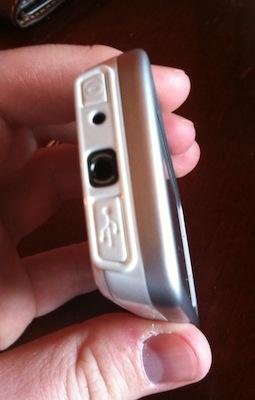
The Nuron sports a nice, polished form factor with white and grey accents. The top of the unit contains the power button, 3.5mm headphone jack, and microUSB and charging ports. The left side of the unit houses the SIM card slot and microSD card slot (with support for up to 16 GB), while the right side of the unit contains the volume rocker, unlock button, and camera shortcut key. The front of the device offers a send key, menu button, and end key. The decision to make the SIM card and microSD card slots accessible from the left side of the device versus placing them behind the battery was a smart one, in my opinion.
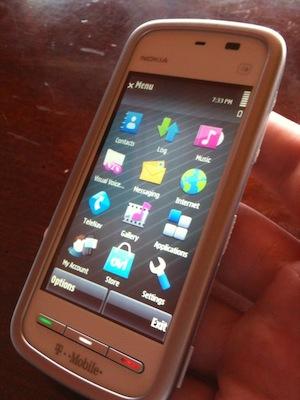
The Nokia Nuron ships with Symbian 3. Though relatively tired design-wise, Symbian is decent for day-to-day tasks, and is a good OS given the target demographic of the device. The downside to Symbian is that many find it relatively challenging to use (versus other smartphone operating systems on the market), leading to a somewhat longer learning curve versus other devices. The Nuron offers a number of shortcut icons on the main screen that make it easy for the user to navigate to popular services. Adding to the benefits, device also offers Nokia's free Ovi Maps service - a nice savings over competitors like VZ Navigator and AT&T Navigator (both of which are $9.99 monthly). The maps are downloaded onto the device prior to use, so you can navigate with or without active service. On the topic of Ovi services, the Nuron 5230 offers access to Nokia's Ovi Store. With distributors contributing content from over 65 countries, the app store is quickly growing.
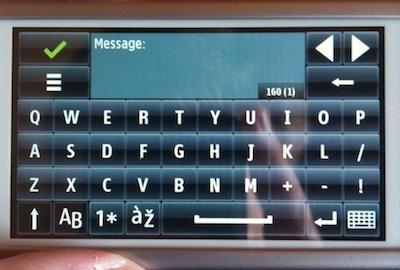
The keyboard on the Nokia Nuron offers an ample amount of tactile feedback, though it's arranged a bit differently than the traditional QWERTY. Consolidated into four rows, the space bar is centered to the right, and the keyboard letters are centered to the left side of the screen. After a few days, I was able to get used to it and type with a reasonable amount of speed, but it may be frustrating for those that send e-mails or text messages on a regular basis. Part of the keyboard learning curve could be attributed to the resistive touchscreen. Though it performed decently in most tasks, it was frustrating to use, as it was rather unresponsive at times.
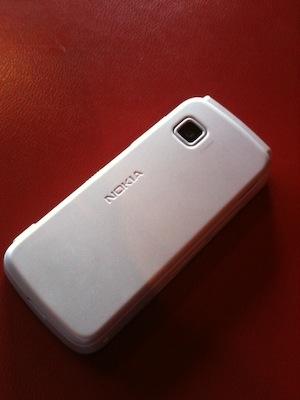
The device ships with a 2.0-megapixel camera, and in my testing, image quality was mediocre, given the lack of a flash. Editing options include image quality, scene modes (automatic, user defined, portrait, landscape, sports, night), along with other editing options (show grid, color tone, self-timer, white balance, exposure, light sensitivity, contrast, sharpness, and sequence). Video quality was medicore as well, though it should be fine for a casual video on the go.
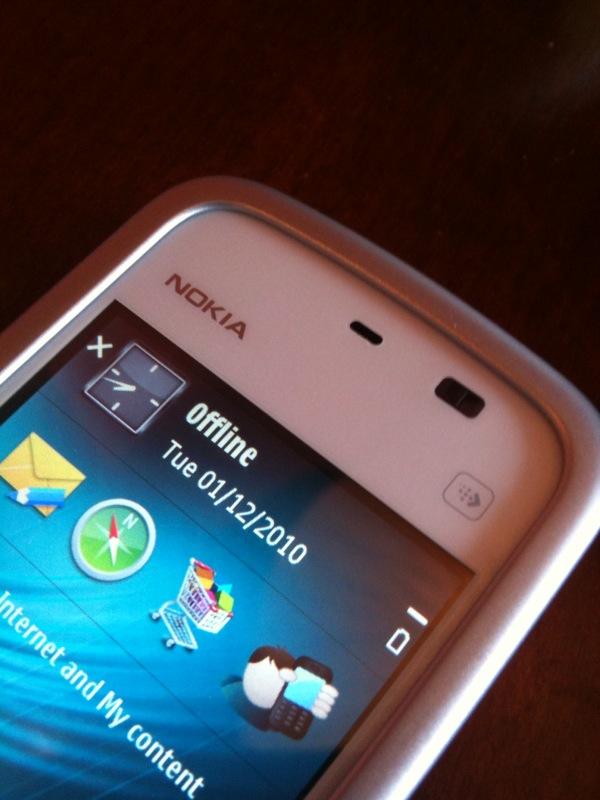
The Nuron was tested in the Charlotte area using T-Mobile, and call quality was very good. Callers were able to hear me well, and I had no problems hearing them on my end. When visiting a known T-Mobile trouble spot in the Charlotte metropolitan area, I had trouble initiating calls. When testing the speakerphone in a bustling restaurant, I was able to hear my callers without issue. I successfully paired my Plantronics Voyager Pro Bluetooth headset to the device without a problem, and callers said that I sounded equally clear.

The Nokia Nuron offers 3G HSDPA connectivity on T-Mobile, so browsing speeds were very strong. The mobile CNN webpage loaded in about nine seconds, and the PhoneDog homepage loaded in 27 seconds. Other data-intensive tasks such as the Ovi Store and Telenav performed admirably.
The device offers a 1320mAh battery with a rated talk time of 7 hours with HSDPA (3G) connectivity, and about 18 days of standby time. With moderate to heavy use including calling, text messaging, browsing the internet, and use of the Ovi Store, I was able to get just under three days out of it before it powered down. When it comes to battery life, the Nuron is absolutely fantastic.
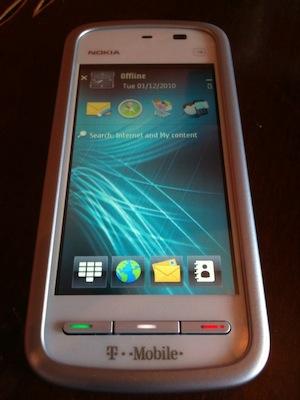
The Nokia Nuron 5230 is a fantastic device for newcomers to the smartphone market. Sure, it's not the device for a power-hungry smartphone aficionado, but Mom could find a lot to like in this device. With stellar battery life and a plethora of PIM applications, the Nuron could make for a great companion to the frequent traveler. At present, it is free when purchased online (new, two-year agreement required), making it a fantastic option. While T-Mobile offers a 14-day return policy, be sure to check the device out in-store prior to purchasing.